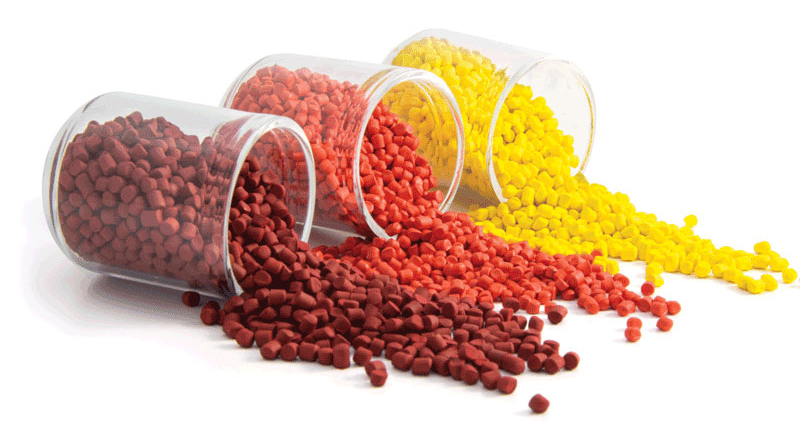There are three strategies for mitigating polymers’ photodegradation, including the use of additives, using HALS, and deploying carbon black. The effects can be summarised into two concepts: lightfastness, which covers exposure to light, and weathering which, apart from light, covers factors such as temperature and humidity.

How can we prevent outdoor conditions from degrading our cables? Many companies ask this question after seeing how their cables fall victim to discolouration and the polymers lose their mechanical properties. Outdoor cables suffer the consequences of exposure to outdoor conditions such as light exposure, and changes in temperature and humidity.
Watch: Wire & Cable Industry Year Review
These effects can be summarised into two concepts: lightfastness, which covers exposure to light, and weathering which, apart from light, covers factors such as temperature and humidity. We need to distinguish between these when looking for solutions, as pigments that offer good lightfastness may not work adequately at different temperature ranges or levels of solar radiation.
Prevention is better than cure. The behaviour of pigments outdoors can be measured with a test that accelerates the state of exposure of plastics under different sunlight, temperature and humidity conditions. In other words, there are effective ways to know what kind of behaviour to expect from outdoor cables, which facilitates the selection of pigments and, therefore, the prediction of the life expectancy of the cable.
For this reason, installations dedicated to energy or wireless networks require a cable whose design and applications can withstand photodegradation. Industries that operate with medium voltage cables, photovoltaic cables for solar panels, power cables for buildings or fibre optic cables, seek to avoid this cumulative and irreversible process.
To better understand this, we need to be aware that ultraviolet radiation (UV) causes photooxidative degradation which leads to the breakage of polymer cables. This generates free radicals, which start off a chain reaction resulting in the degradation of the visual appearance of the cable, its shine and its surface, as well as its mechanical properties, all limiting its useful life.
Preventing photodegradation in cable polymers
There are three strategies for mitigating polymer photodegradation. The first involves using additives called UV filters, which have the ability to absorb ultraviolet light that causes degradation. In this way, when sunlight comes into contact with these additives, they react and prevent the light from reaching the polymer, as if it were a parasol.
It can also be done using Hindered Amine Light Stabilizer (HALS), additives that react to free radicals, blocking them and avoiding the breakdown of the polymer chains. When ultraviolet light strikes and the free radical is generated, the HALS act to stop the degradation process.
Synergistic combinations of these two additive families are also used with very good results. The addition of anti-oxidant additives is also common to avoid polymer degradation due to thermal stress.
Also Read: Delta Tecnic Appoints Lori Parent as Sales Director in the US and Canada
Thirdly, the process can be stopped by using carbon black, with which a high rate of ultraviolet radiation absorption is achieved. The advantage of carbon black is that it captures the energy and prevents it from reacting with the polymer. The most effective carbon blacks are those with the smallest particle size since they present a greater surface to trap solar radiation.

And what about the colour? There is no additive that protects the colour of the cable as it does the polymer. The solution, in this case, is to formulate the colour using pigments prepared to withstand outdoor conditions. In other words, we should, from the outset, select the correct pigment or combination of lightfast pigments.
At the same time, an in-depth study of the behaviour of the pigments in the different types of polymers used in the cable industry (PVC, HFFR, TPU, XLPE, EPDM, etc.) under outdoor conditions is required. Having this expertise and in-depth knowledge is the key to ensuring the stability of the cable colour over its useful life outdoors. Collaborators and partners are able to provide advice and solutions.




